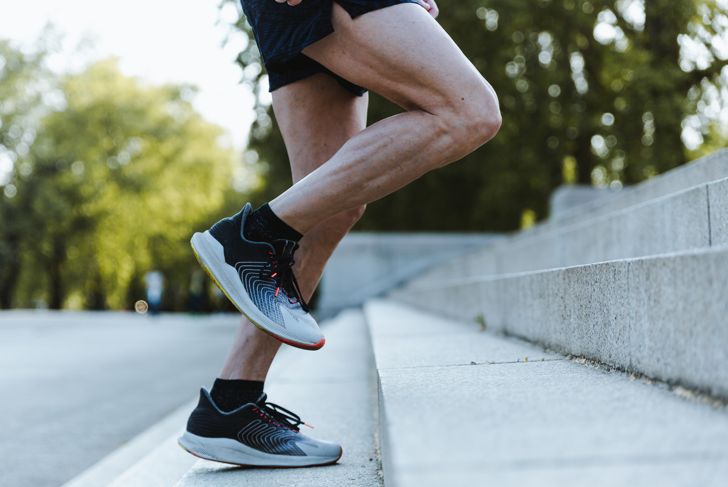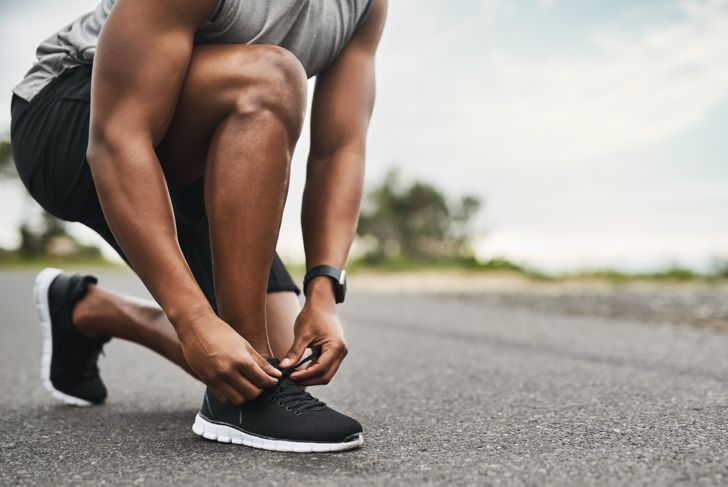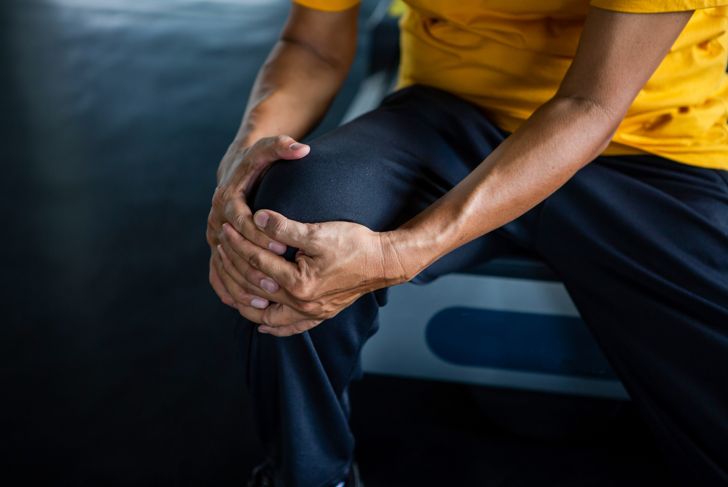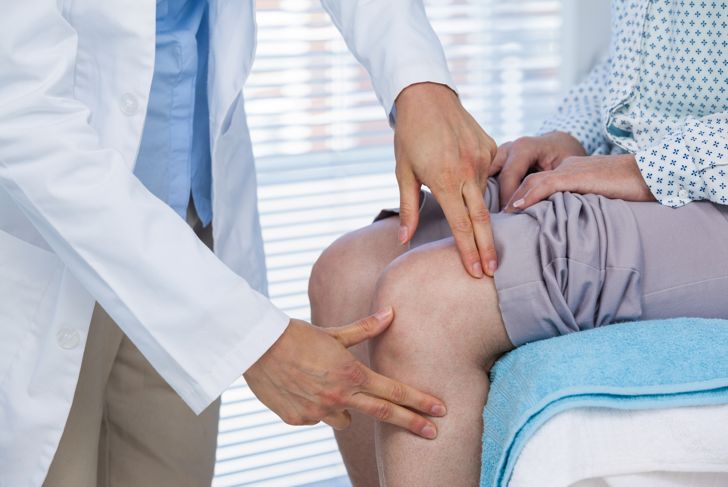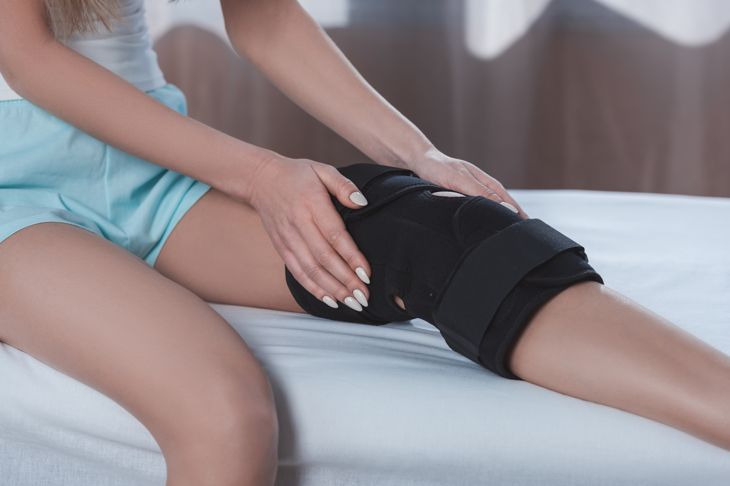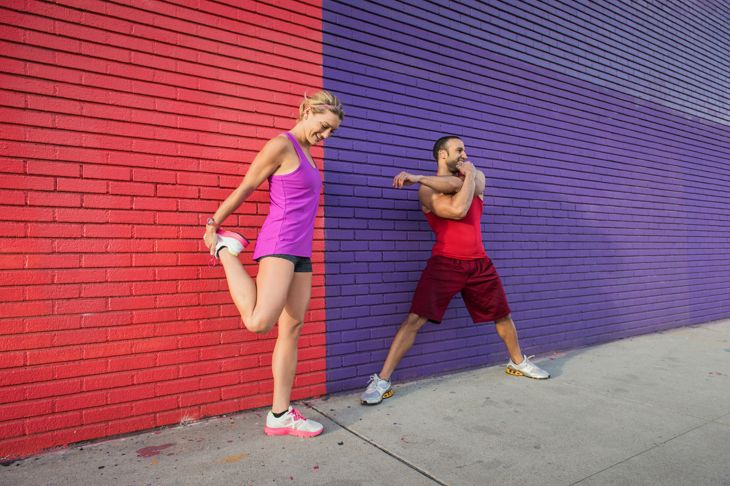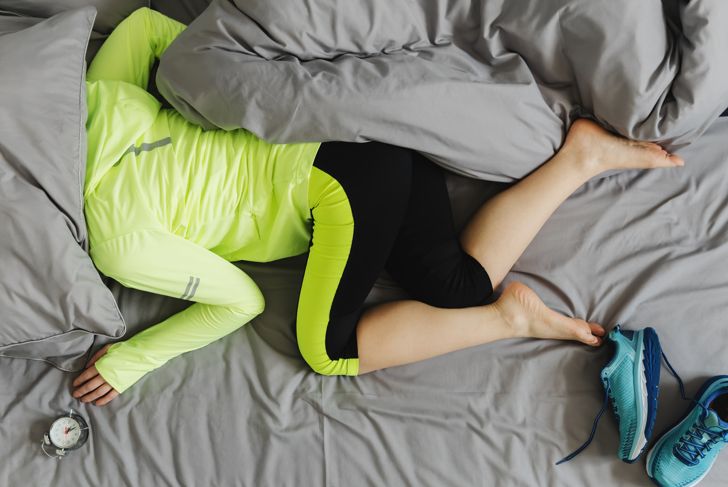Patellar tendonitis or “jumper’s knee” is an activity-related knee injury that mainly affects athletes who play sports that require jumping and speed, like basketball, football, figure skating, and gymnastics. These activities cause repeated stress on the patellar tendon and lead to significant damage and symptoms over time.
The Patellar Tendon
The patellar tendon is named misleadingly: it is actually a ligament. Tendons connect muscle to bone, but ligaments connect bone to bone.The patellar tendon or patellar ligament connects the top of the shinbone to the bottom of the patella or kneecap. It works with the knee, quadriceps tendon, and quadriceps muscles to straighten the knee, so you can kick, run, and jump.
Causes of Patellar Tendonitis
Patellar tendonitis or jumper’s knee occurs when the person repeatedly uses the tendon too fast or too hard. Jumping and sprinting over and over again causes multiple small tears. Over time, these tears weaken the tendon.Doctors are unsure precisely what causes the small tears in patellar tendonitis, but they believe they are either due to a sudden increase in activity or failing to ease back into a sport after time away, instead returning directly to full speed.
Risk Factors
Risk factors for patellar tendonitis include running or jumping with tight thigh muscles or hamstrings or when wearing new shoes. A muscular imbalance also increases risk. If some of the muscles in your legs are stronger than others, they pull on the knee unevenly, putting stress on the patellar tendon.Any chronic illness that disrupts blood flow to the knee, like diabetes, lupus, or kidney failure, can also cause jumper’s knee. The condition is more common in males, particularly teenagers and young adults.
Other Contributing Factors
Anything that puts increased strain on the knee can contribute to patellar tendonitis, including the angle of the knee, a patella that is too low or too high, previous inflammation, increased frequency or intensity of training, and the hardness of the training surface.Weight, BMI, leg length, foot arch height, and waist-to-hip ratio may also be contributing factors.
Symptoms
The first symptom of patellar tendonitis is usually minor knee pain, typically between the knee cap and shin. This pain initially occurs after physical activity, but, eventually, it starts to hurt during play.The severity of the pain worsens over time and can get so bad that it interferes with daily activities, like getting up from a chair or climbing stairs.
Diagnosis
There is no gold standard diagnostic test for jumper’s knee, though doctors may perform some tests to rule out other conditions and get a good look at the knee.X-rays can show any issues with the surrounding bones, but many of the physical changes from patellar tendonitis that are detectable on imaging do not appear until the condition is advanced, usually after about six months. Ultrasound and MRI can also detect any abnormalities with the tendon and indicate how severe the condition is.
Complications
Because this condition worsens over time, there may be severe complications. The small tears accumulate over time, weakening the tendon. Eventually, this can lead to a complete or partial tear. Sometimes, a tear occurs abruptly, after landing from a jump or suddenly changing direction.
Treatment
Treatment of patellar tendonitis focuses on managing symptoms and strengthening the knee. Pushing through the pain only causes more damage.People with jumper’s knee should rest and avoid any activity that triggers pain. Icing the area can help, as can over-the-counter anti-inflammatory medications. Knee braces may also ease pain, and physical therapy can help strengthen and restore flexibility to the injured tendon. Surgery is rare but may be necessary to repair any tears.
Prevention
To reduce the risk of patellar tendonitis, make sure to properly warm up before any physical activity. Spend about five minutes stretching major muscle groups. Doing so helps keep the tissue flexible and makes the tendon less likely to tear.Also ensure that your clothing and support devices fit appropriately and your shoes offer the foot and ankle support you need.
Prognosis
Most cases of patellar tendonitis resolve with conservative at-home treatment, but athletes need to take their time returning to regular activity levels. Depending on the severity of the condition, complete recovery could take anywhere from six to 12 months. In some cases, patellar tendonitis can cause symptoms that last long enough to lead to early retirement from the sport.One small study found that 53 percent of symptomatic athletes with jumper’s knee retired from their sport early, compared to only 7 percent of asymptomatic athletes.

 Home
Home Health
Health Diet & Nutrition
Diet & Nutrition Living Well
Living Well More
More